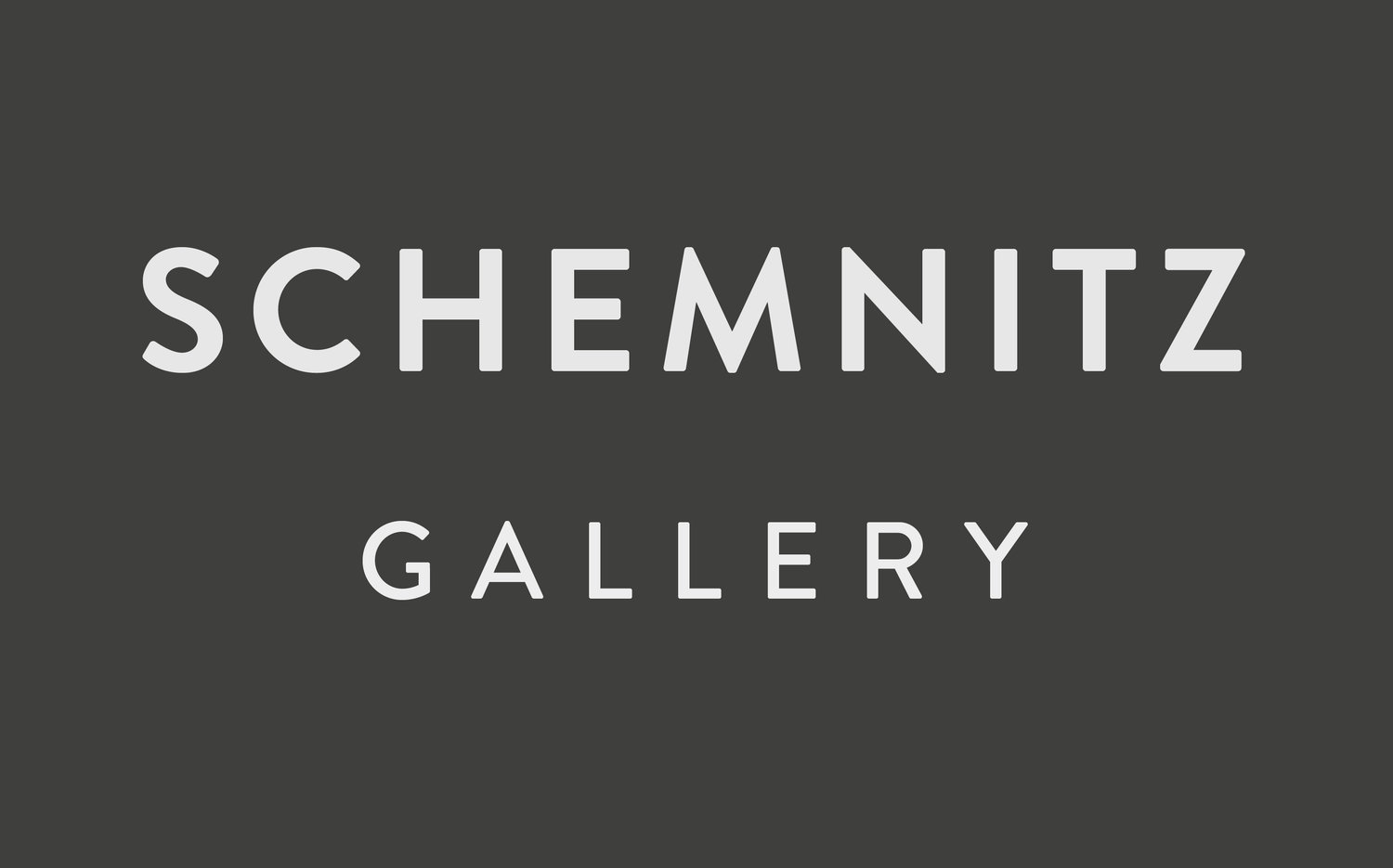Výstava Lucie Dovičákovej a Matúša Lányiho je provokatívnym pokusom o konfrontáciu dvoch príbuzných a zároveň radikálne odlišných autorských programov dvoch bývalých spolužiakov generácie nastupujúcej na umeleckú scénu s príchodom novej Fakulty umení Technickej univerzity v Košiciach.
Lucia Dovičáková sa vyprofilovala ako nekompromisná udavačka svojho vlastného postoja k životu. Extrovertka, ktorá vo svojich maľbách hovorí o veciach bežného (každedenného) života spôsobom, ktorý musí šokovať aj tých menej konzervatívnych z nás. Kladie si ťažko zodpovedateľné otázky súvisiace s intimitou, sexualitou, rolou ženy, neskôr matky a pokúša sa s nimi vysporiadať vo svojich vizuálnych príbehoch - maľbách, kresbách a akvareloch. Lucia Dovičáková je provokatérka. Pokorná, a zároveň nesmierne originálna a výrazná žena, ktorá nedokáže namaľovať nudný obraz.
Matúš Lányi je hĺbavý a nábožensky založený introvert, ktorý vo svojich obrazoch nekompromisne konfrontuje svet sakrálny a svetský. V poslednej dobe až tak nekompromisne, že mu jeho úprimné úmysly niektorí prestávajú veriť. Charakteristickou črtou jeho tvorby je transformácia klasických, v širokom zmysle posvätných tém na nečakané a sakrálnemu svetu vzdialené formy súčasnej komerčnej civilizácie. Patrí k neveľkému počtu súčasných mladých umelcov, ktorí sa neboja experimentovať ani pracovať s historicky zaťaženými témami a dávať im nové významy a posolstvá.
Spoločná výstava Lucie Dovičákovej a Matúša Lányiho v Galérii Schemnitz predstavuje ich diela z posledných rokov v kurátorskej konfrontácii založenej na hre s priestorom, ako aj na hľadaní prienikov a rozporov dvoch multimediálnych konceptualistov, ale zároveň bytostných maliarov.
Juraj Čarný
This exhibition of works by Lucia Dovičáková and Matúš Lányi is a provocative juxtaposition of the akin but also radically different artist programmes of two former classmates, members of a generation that entered the art scene with the opening of the new College of Arts of the Technical University in Košice.
Lucia Dovičáková profiles herself as a kind of informer, uncompromisingly disclosing her own attitude to life. She is an extrovert who speaks through her paintings about things of common (every-day) life in a way that must shock even the less conservative of us. She asks hard-to-answer questions related to intimacy, sexuality, and the woman’s and mother’s roles, and tries to deal with them in her visual stories – paintings, drawings and aquarelles. Lucia Dovičáková is a provocateur, a humble but also genuine and expressive woman unable to paint a boring picture.
Matúš Lányi is a thoughtful and religious introvert, who uncompromisingly confronts the sacred and secular worlds in his paintings. Recently, he has been doing it so uncompromisingly that some have ceased to believe that his intentions are honest. A characteristic feature of his work is the transformation of typical (in a broad sense) sacred themes into unexpected forms which reflect our current civilisation, being very remote from the world of religion. Matúš Lányi is among a few contemporary artists who are not afraid to experiment or work with historically burdened topics, revealing new meanings and messages in them.
The joint exhibition of Lucia Dovičáková and Matúš Lányi in Schemnitz Gallery presents their artwork of the last few years. The curator designed the exhibition as their artworks’ confrontation, based on playing with the Gallery’s space, but also on finding intersections and contradictions in the work of these two multi-media conceptualists and existential painters.
Juraj Čarný
“Autobiografické motívy používam, ak sa mi hodia k svedectvu, ktoré chcem podať. Vyberám si, čo chcem povedať a čo sa mi zdá zaujímavé, takže aj keď sú moje práce vnímané ako veľmi intímne a autobiografické, nemám pocit stopercentného odhalenia. Tiež je pravda, že som vždy bola skôr prostoreká a takmer bez tajomstiev, pretože som nechápala, načo si ľudia nechávajú niektoré veci pre seba. Čím som staršia, tým tomu lepšie rozumiem, no aj tak ma oslobodzuje až očisťuje, keď môžem povedať nahlas aj veci, za ktoré sa trebárs hanbím. Keď ich vyslovím nahlas, stratia svoju silu a už ma ďalej nezožierajú zvnútra. Je to čiastočne arteterapia, no väčšiu časť prác urobím z výskumných či smiešnych dôvodov.”
Lucia Dovičáková
“I use autobiographic motifs, if they fit the testimony I wish to make. I choose what I want to tell and what I find interesting, so even though my works are considered very intimate and autobiographical, I do not have a feeling of a hundred-percent revelation of myself. It is true that I have always been rather flippant and almost without secrets, because I did not understand why people leave some things just for themselves. The older I get, the better I understand it; but still, it frees or even purifies me, if I can say things aloud, even things that make me feel ashamed. If I say them aloud, they lose their power and stop bothering me from inside. It is partially art therapy, but I make most of my works for research or funny reasons.”
Lucia Dovičáková
„Pre mňa je najdôležitejší príbeh – ten veľký príbeh. Jedna interpretácia sveta – Starý a Nový zákon.Isté je, že voči tomu príbehu nie som kritický. Skôr som kritický voči tendenciám, ktoré ambiciózne spochybňujú to, čo vďaka cirkvi pretrvalo nesmierne dlho. Naša pohodlnosť nemôže zmeniť veci, ktoré fungovali stáročia. Samozrejme, spoločnosť sa vyvíja, ale čo je zlé na tom, keď niekto tvrdí, že aj ten vývoj má mať nejaké pravidlá, nejaké hodnoty. Je to teda najmä kritika voči nám, voči tomu, ako veľmi sme ochotní podliezť latku pre vlastné pohodlie. Nevravím, že sa v spoločnosti deje niečo strašné a neprípustné. Je to o osobnom svedomí človeka, ktorý musí každý deň robiť kompromisy. Naša pohodlnosť sa snaží ospravedlniť vlastné svedomie útokom na svedomie iného.“
Matúš Lányi
Výstavy tejto galérie z verejných zdrojov podporil Fond na podporu umenia
“The most important for me is the story – that big story. One interpretation of the world – the Old and the New Testaments.It is clear that I am not critical of this story. Rather, I am critical of tendencies which ambitiously place doubts on things that, thanks to the church, have survived for an immensely long time. Our cushy comfortcannot change things that have functioned for centuries. Of course, society develops, but what is wrong if someone asserts that this development follows certain rules, certain values? So, it is mainly a critique directed at us, at how much we are willing to undermine the bar for our own comfort. I am not saying that something horrible and inadmissible is happening in society. It is all about the conscience of a person who must make compromises every day. Our cushiness tries to excuse our own conscience by attacking the conscience of someone else.”
Matúš Lányi
The exhibitions of this Gallery were financially supported by public resources through the Slovak Arts Council



